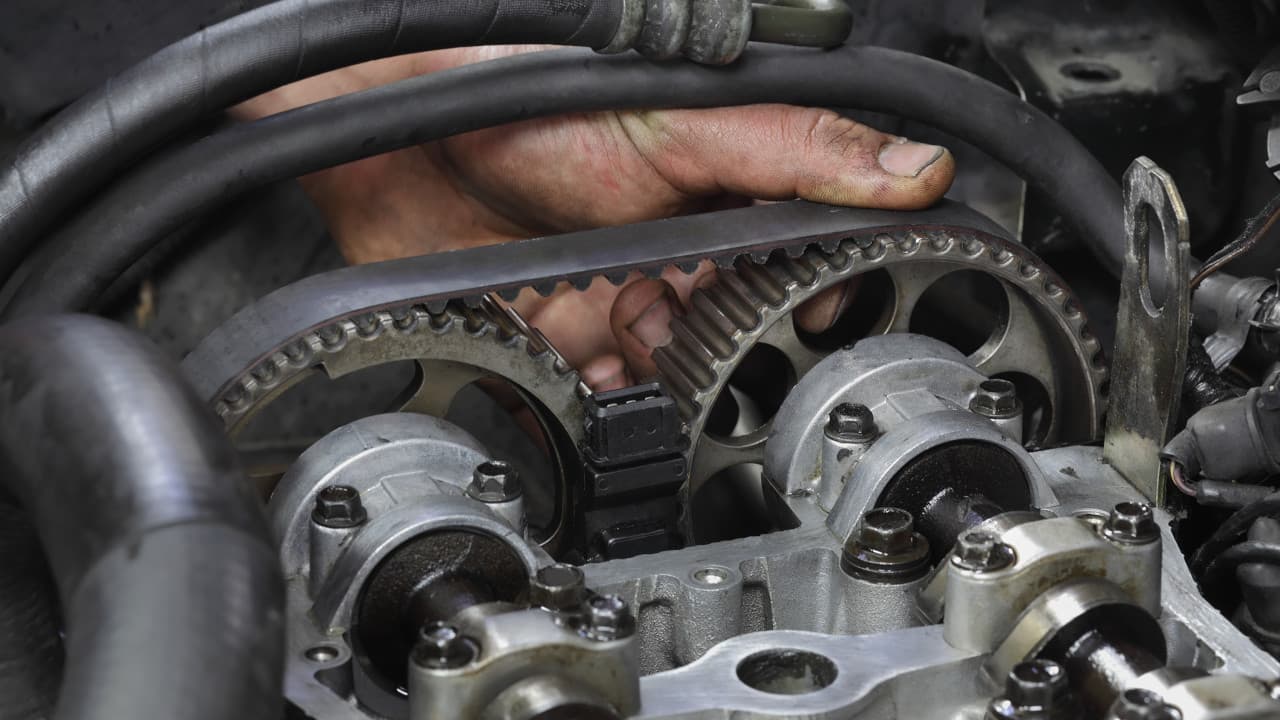- Arabic
- French
- Russian
- Spanish
- Portuguese
- Turkish
- Armenian
- English
- Albanian
- Amharic
- Azerbaijani
- Basque
- Belarusian
- Bengali
- Bosnian
- Bulgarian
- Catalan
- Cebuano
- Corsican
- Croatian
- Czech
- Danish
- Dutch
- Afrikaans
- Esperanto
- Estonian
- Finnish
- Frisian
- Galician
- Georgian
- German
- Greek
- Gujarati
- Haitian Creole
- hausa
- hawaiian
- Hebrew
- Hindi
- Miao
- Hungarian
- Icelandic
- igbo
- Indonesian
- irish
- Italian
- Japanese
- Javanese
- Kannada
- kazakh
- Khmer
- Rwandese
- Korean
- Kurdish
- Kyrgyz
- Lao
- Latin
- Latvian
- Lithuanian
- Luxembourgish
- Macedonian
- Malgashi
- Malay
- Malayalam
- Maltese
- Maori
- Marathi
- Mongolian
- Myanmar
- Nepali
- Norwegian
- Norwegian
- Occitan
- Pashto
- Persian
- Polish
- Punjabi
- Romanian
- Samoan
- Scottish Gaelic
- Serbian
- Sesotho
- Shona
- Sindhi
- Sinhala
- Slovak
- Slovenian
- Somali
- Sundanese
- Swahili
- Swedish
- Tagalog
- Tajik
- Tamil
- Tatar
- Telugu
- Thai
- Turkmen
- Ukrainian
- Urdu
- Uighur
- Uzbek
- Vietnamese
- Welsh
- Bantu
- Yiddish
- Yoruba
- Zulu
अगस्ट . 15, 2024 19:18 Back to list
Understanding the Importance and Functionality of Automotive Drive Belts in Vehicle Performance
Understanding Automotive Drive Belts Essential Components for Vehicle Performance
Automotive drive belts are integral components that facilitate the smooth operation of a vehicle's engine and various auxiliary systems. These belts play a crucial role in transferring power from the engine to various parts of the vehicle, ensuring that everything runs efficiently. In this article, we will explore the types of drive belts, their functions, the importance of regular maintenance, and common signs of wear.
Types of Drive Belts
There are primarily two types of drive belts found in automotive applications the serpentine belt and the timing belt
.Serpentine Belts These are long, continuous belts that snake around multiple pulleys. They typically drive the alternator, power steering pump, water pump, air conditioning compressor, and, in some cases, the cooling fan. The serpentine belt is designed to optimize space and reduce the number of belts required in modern vehicles, thereby simplifying engine design and maintenance.
Timing Belts Unlike serpentine belts, timing belts are critical for synchronizing the rotation of the crankshaft and camshaft. This synchronization ensures that the engine’s valves open and close at the correct times during each cylinder's intake and exhaust strokes. Timing belts are made of reinforced rubber and are designed to last for several years; however, they must be replaced according to the manufacturer's schedule to prevent engine damage.
The Importance of Drive Belts
The function of drive belts is essential for the overall performance and reliability of a vehicle. A faulty belt can lead to a cascade of problems. For instance, a failing serpentine belt can result in the failure of power steering, battery charging, and engine cooling. In severe cases, a snapped timing belt can cause catastrophic engine failure, leading to expensive repairs.
automotive drive belts

Regular maintenance of drive belts is therefore crucial. Most manufacturers recommend checking the belts at regular intervals and replacing them at the specified mileage or time frame. Inspecting for signs of wear, such as cracks, fraying, or glazing, can help prevent unexpected breakdowns.
Signs of Wear and When to Replace
Identifying signs of wear on drive belts can save drivers from costly repairs. Common indicators include
1. Squeaking or Chirping Noises These sounds can indicate a loose or worn serpentine belt. If ignored, it might compromise engine performance. 2. Cracks, Frays, or Glazing A visual inspection might reveal visible damage. Cracks or fraying suggest the belt is near the end of its service life, while glazing indicates slippage.
3. Engine Overheating If the water pump, which is often driven by the serpentine belt, fails to operate efficiently due to a belt problem, it can lead to engine overheating.
4. Loss of Accessory Function A failing serpentine belt may result in the loss of power steering, air conditioning, or electrical charging, significantly affecting the driving experience.
Conclusion
Automotive drive belts are often overshadowed by other engine components, yet they are essential for ensuring that a vehicle operates smoothly and efficiently. Understanding their types, functions, and maintenance needs can help drivers avoid unexpected issues and costly repairs. Regular inspection and timely replacement of worn belts can enhance vehicle performance and ensure the longevity of the engine and its components. As with any aspect of vehicle maintenance, being proactive is always the best approach for responsible vehicle ownership.
-
Korean Auto Parts Timing Belt 24312-37500 For Hyundai/Kia
NewsMar.07,2025
-
7PK2300 90916-T2024 RIBBED BELT POLY V BELT PK BELT
NewsMar.07,2025
-
Chinese Auto Belt Factory 310-2M-22 For BMW/Mercedes-Benz
NewsMar.07,2025
-
Chinese Auto Belt Factory 310-2M-22 For BMW/Mercedes-Benz
NewsMar.07,2025
-
90916-02660 PK Belt 6PK1680 For Toyota
NewsMar.07,2025
-
drive belt serpentine belt
NewsMar.07,2025

